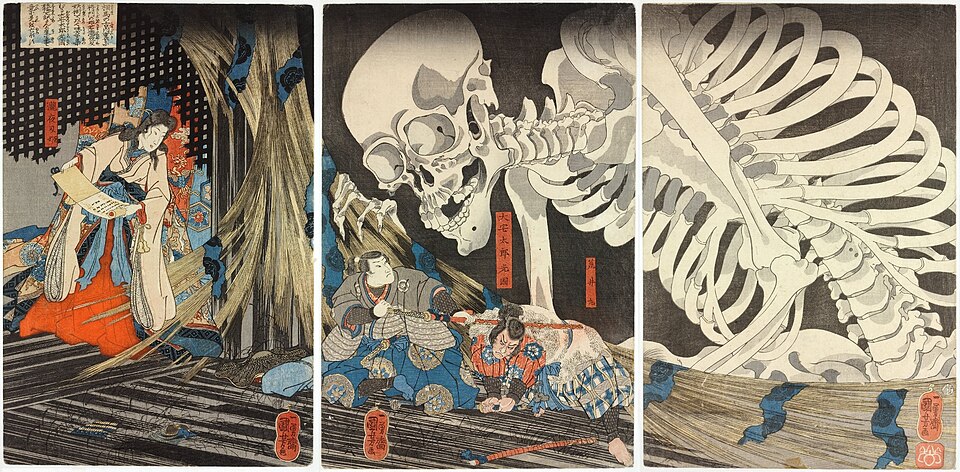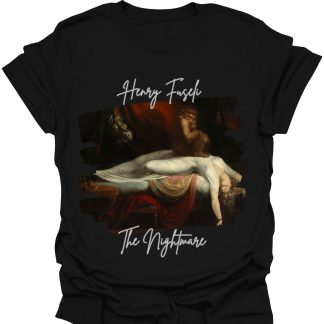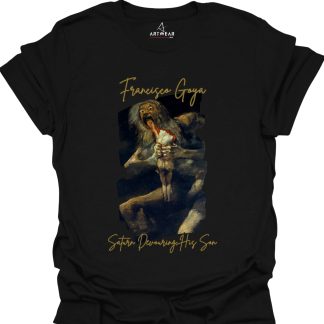
Utagawa Kuniyoshi’s Takiyasha the Witch and the Skeleton Spectre is a dramatic ukiyo-e triptych that fuses history, folklore, and theatrical spectacle in a single arresting image. The work shows Princess Takiyasha reciting a spell from a handscroll while a gigantic skeletal yōkai bursts through palace blinds to menace the imperial official Ōya no Mitsukuni and his companion.
The print draws on a Heian-period tale connected to the rebel warlord Taira no Masakado. After Masakado’s defeat in 939, his daughter Takiyasha — depicted here as a sorceress — is said to have lived in the ruins of the family manor and practiced witchcraft to avenge her father. Kuniyoshi’s scene is filtered through later retellings and popular Edo-period adaptations of the story, which emphasized the supernatural drama and moral struggle between loyalty to the state and private vengeance.
The work is a three-panel composition that uses scale and contrast for theatrical effect. On the left panel Takiyasha is framed by tattered shōji blinds, clutching the spell-scroll; the center is dominated by the gargantuan skeleton, rendered with surprisingly anatomical detail; the right panel shows the two startled men in the doorway, recoiling from the apparition. Kuniyoshi creates a visual axis from the scroll through the witch’s gesture to the skeletal hand reaching outward, producing a sense of motion and imminent contact that reads like a scene from kabuki theatre.
Kuniyoshi combined careful draftsmanship with the expressive possibilities of woodblock printing. The skeleton’s bony architecture demonstrates an unusual attention to anatomical structure for Edo-period prints, and the textured blacks and line work emphasize depth and theatrical lighting. Patterned textiles and the delicate rendering of facial expressions anchor the supernatural elements in human drama, a hallmark of Kuniyoshi’s ability to balance beauty, horror, and narrative clarity.
The image quickly became iconic, shaping later visualizations of the gashadokuro (giant skeleton) in Japanese popular culture. Its mix of historical subject matter and yokai spectacle influenced subsequent ukiyo-e artists and later illustrators, and it remains one of Kuniyoshi’s most recognized prints for its imaginative power and graphic boldness. Kuniyoshi produced the triptych in the 1840s, and impressions of the print now reside in major collections. Notable holdings include the Victoria and Albert Museum and the Honolulu Museum of Art, which preserve examples of the composition and have helped secure its place in both Japanese and international print histories.
Takiyasha the Witch and the Skeleton Spectre exemplifies Kuniyoshi’s singular gift for transforming legend into stage-like pictorial drama. By uniting historical narrative, folkloric horror, and technical virtuosity, the print continues to captivate viewers and to stand as a striking example of the imaginative range of ukiyo-e.







